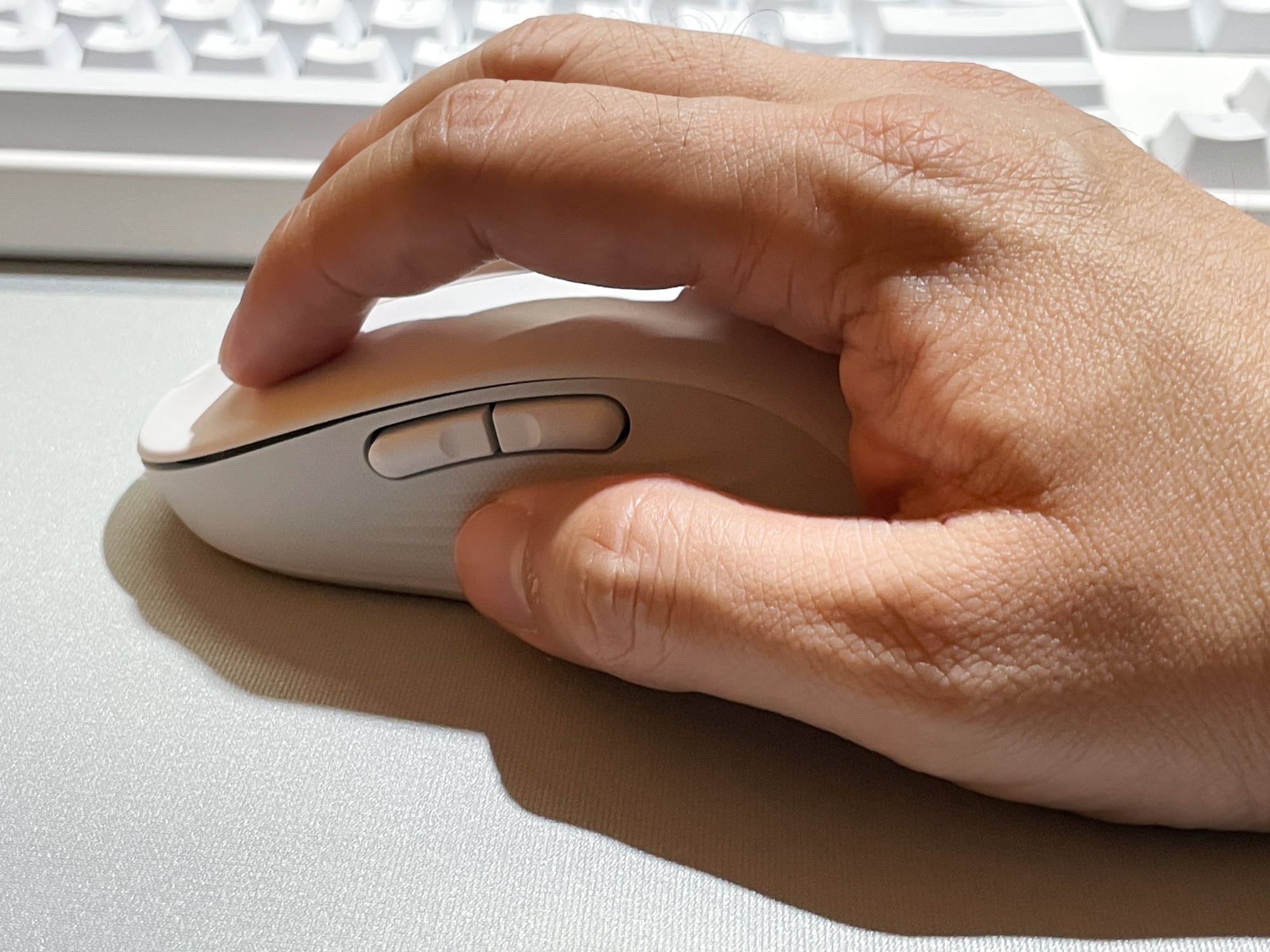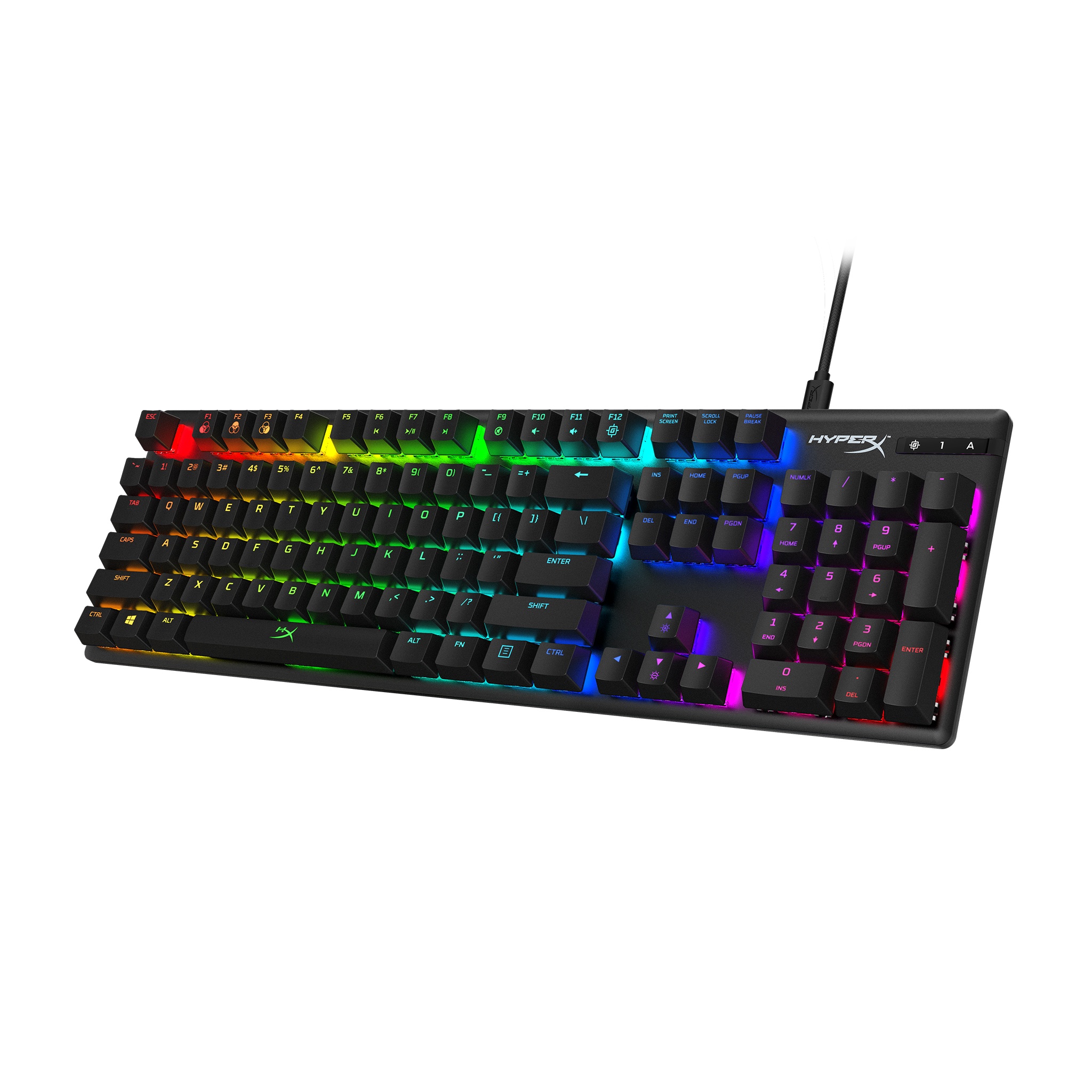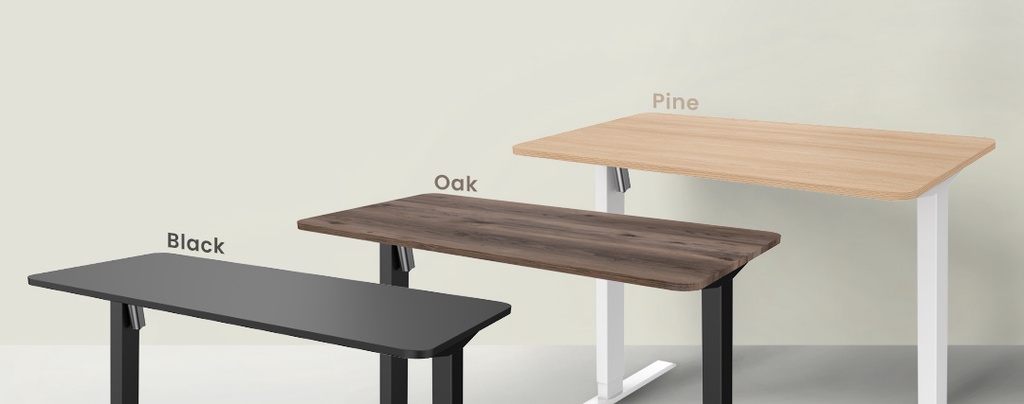
The Sony Alpha 7 IV (S$3,599, body only) is the fourth generation of Japanese tech giant’s highly successful Alpha 7 full-frame mirrorless camera series.

In terms of price point and features in the product line-up, the Alpha 7 IV (henceforth known as a7IV) can be considered as a mid-range model in the series.
SPECS
PRICE: S$3,599 (body only), available in Sony Store, Lazada and Shopee
IMAGE SENSOR: 33-megapixel full-frame BSI-CMOS
DISPLAY: 3-inch rotatable touchscreen LCD with 1,036,800 dots; OLED electronic viewfinder with 3,686,400 dots
SHOOTING SPEED: Up to 10 frames per second
SENSIVITIY: ISO 50 to 204,800
CONNECTIVITY: Bluetooth, Wi-Fi
WEIGHT: 659g (body with battery)
As with every new iteration, Sony has added plenty of improvements. They include a new 33-megapixel back-illuminated CMOS full-fame image sensor, Sony’s latest flagship Bionz XR image processor, a 3.69-million-dot OLED electronic viewfinder and dual SD card slots of CFexpress Type A/UHS-II and UHS-II.
The a7IV also supports up to 10 frames per second shooting (fps) with autofocusing (AF)/ auto exposure (AE) tracking and 4K UHD video recording in XAVC S-I format at up to 60fps in 10-bit 4:2:2 colour depth direct to an inserted memory card.

In addition, the a7IV uses a hybrid AF system of phase-detection and contrast-detection AF with the number of AF points and frame coverage being slightly increased from its predecessor, a7III. The a7IV now has 759 phase-detection AF points (up from a7III’s 693) and 425 contrast-detection AF points (same as a7III’s) that cover 94% of the frame (up from a7III’s 93%).
Not to mention, the a7IV now has Eye AF built into its main AF system instead of a dedicated mode in its predecessor. Moreover, the Eye AF is now available in tracking animals such as cats, dogs and birds.

For this review, we used a 24-70mm f/2.8 GM lens and a Canon 70-200mm f/2.8 L lens with a Sigma MC-11 mount converter.
FOR
+ Superb image quality
+ Swift operation and quick auto-focusing
+ Dials and buttons intuitively placed
+ Great battery life
+ Good value for money
AGAINST
– Not cheap
DESIGN
On first look, the a7IV looks not much different from its predecessor. But it is actually a wee bit bigger and heavier than a7III.
The a7IV’s magnesium-alloy body feels strong and sturdy. It will give you plenty of confidence when you hold the camera. The a7IV’s grip feels deeper and thus allows for a better grasp of the camera. Plus, the mini-joystick at its rear now has a nicer texture that makes controlling it better.

Perhaps, the best news for content creators or influencers is the a7IV having a fully-rotatable touchscreen display. Its predecessors usually only have a flip-out display.
But for photographers, they will be happy to know all the dials and buttons are strategically placed and within easy reach of your right index finger and thumb, even though there are some changes.

The exposure compensation dial at the right shoulder of a7III is gone. Instead on a7IV, an unmarked lockable dial replaces it at the same location. This dial can be set to shutter speed, ISO, aperture or focus mode depending on your liking.
Plus, there is now a quick Photo/Video/S&Q switch sitting underneath the shooting mode dial for quick toggling between photo and video modes. Overall, the dials and buttons are logically placed for intuitive use that minimise search for buttons, so you can catch that decisive moment.

PERFORMANCE
The a7IV’s operation is swift, with the camera taking around 0.5 seconds to power up or shut down. That is nearly four times faster than most mirrorless cameras. Shutter lag is minimal too.
Using a UHS-II SD card with a writing speed rated at 299MB per second, the a7IV shot 76 RAW images in 9.2 seconds before the shooting speed slowed down. This speedy performance easily puts other high-end mirrorless cameras and DSLRs to shame.

The AF performance is equally impressive. In bright sunlight, AF was instantaneous. In dim lighting conditions, the camera took 0.5 seconds to focus with the help of the AF assist light. Even in almost complete darkness, the camera took at most 1.5 seconds to get a focus. Many of its peers and DSLRs might have even given up.

And the Eye AF works wonderfully with cats. I had a great time photographing the community cats in my neighbourhood. Their eyes remain sharp even when they will moving around their usually lighting-quick speed.

As you might expect from an Alpha 7 camera, the image quality is superb – sharp with great dynamic range, and full of details even in darker areas. You can do a tight crop and still get clear and crisp details.
Noise performance is excellent too. There were very few noise artefacts all the way to ISO 6,400. Noise became more visible at ISO 12,800, but detail loss remained minimal.

Photos taken at ISO 25,600 are still good enough for small prints and Web use. However, I would not recommend shooting at ISO 51,200 and above, given the amount of noise artefacts present, which lead to substantial detail loss.
Videos shot is equally stellar with quick AF. But the built-in microphones do pick up a fair bit of wind noise.
BATTERY LIFE
Battery life is quite superb, by mirrorless camera’s standard which usually hover around 300 stills on a full charge. It is rated at 580 still images on a full charge, which is slightly lower than that of a7III’s 710.
But I was able to shoot around 1,200 stills with a7IV and its battery level dropped only to 60 per cent. I think you can safely shoot around 2,000 stills on a full charge in real life.

Furthermore, the a7IV can be easily charged using its USB-C port. In other words, if needed, you can carry a power bank to charge the camera when needed.
VERDICT
The Sony Alpha 7 IV might be considered a mid-range model, but it is a flagship in almost every sense. It offers swift operation with superb image quality and great battery life.
Of course, at S$3,599 (body only), it is not cheap (more expensive than a7III at launch) and certainly not as convenient as your smartphone. However, in terms of image quality, performance and features, it offers great value for money. If you are looking for a full-frame mirrorless camera, the Sony Alpha 7 IV is your best bet.
RATINGS
FEATURES: 9/10
DESIGN: 9.5/10
PERFORMANCE: 10/10
BATTERY LIFE: 8.5/10
VALUE FOR MONEY: 9/10
OVERALL: 9.5/10 (SGEEK Editor’s Choice)






